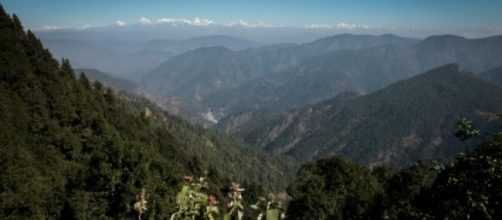A high court in the state of Uttarakhand in India has made the controversial ruling to recognize Himalayan glaciers, forests and lakes as "legal persons" in an attempt to protect the Environment and stop it from being destroyed. This comes on the heels of a similar ruling last month by a court in the same Indian state in which the Ganges and Yamuna rivers got granted the same legal status as humans.
The reason for the court's ruling
The decision by the court got made to widen the environmental protections in the mountainous northern Indian state.
The two Himalayan glaciers that were given protection by being granted the same legal status as humans are Gangotri and Yamunotri. It is also important to note that these two glaciers feed into the aforementioned Ganges and Yamuna rivers, which are both holy sites in India and Hinduism and got granted the same status in March. The two bench judges who made the ruling, Alok Singh and Rajeev Sharma, cited the level that the glaciers have receded as an important part of their ruling. The court argued that giving the glaciers this status, in addition to the rivers last month, was done to protect these sacred sites and keep them from "losing their very existence."
Receding glaciers and the surrounding environment
The Yamunotri glacier, which feeds the Yamuna river, had been receding at an alarming rate.
The Gangotri, which feeds the Ganges river, has retreated more than 2,800 feet (850 meters) in the last 25 years. Since these Himalayan glaciers feed two major rivers that run across much of India before they finally flow out into the sea, it makes sense that they would receive the same status from the court since they all affect the same system.
The court also gave this so-called "living entity" status to other parts of the environment around the glaciers in the Himalayas, like forests, meadows, lakes and waterfalls. With these rulings it will be interesting to see if other regions of India that these rivers flow through follow suit and if this may finally be what is needed to clean up the pollution affecting the environment.

